A cold backed horse is a horse that has experienced a sudden tightening of the muscles in its back. This tightening of the muscles can be caused by a variety of factors, such as an uncomfortable saddle, a poorly fitting girth, or incorrect warm-up and cool-down routines. In this article, we’ll explore what a cold backed horse is, the causes, and the treatments for this condition.
What is a Cold Backed Horse?
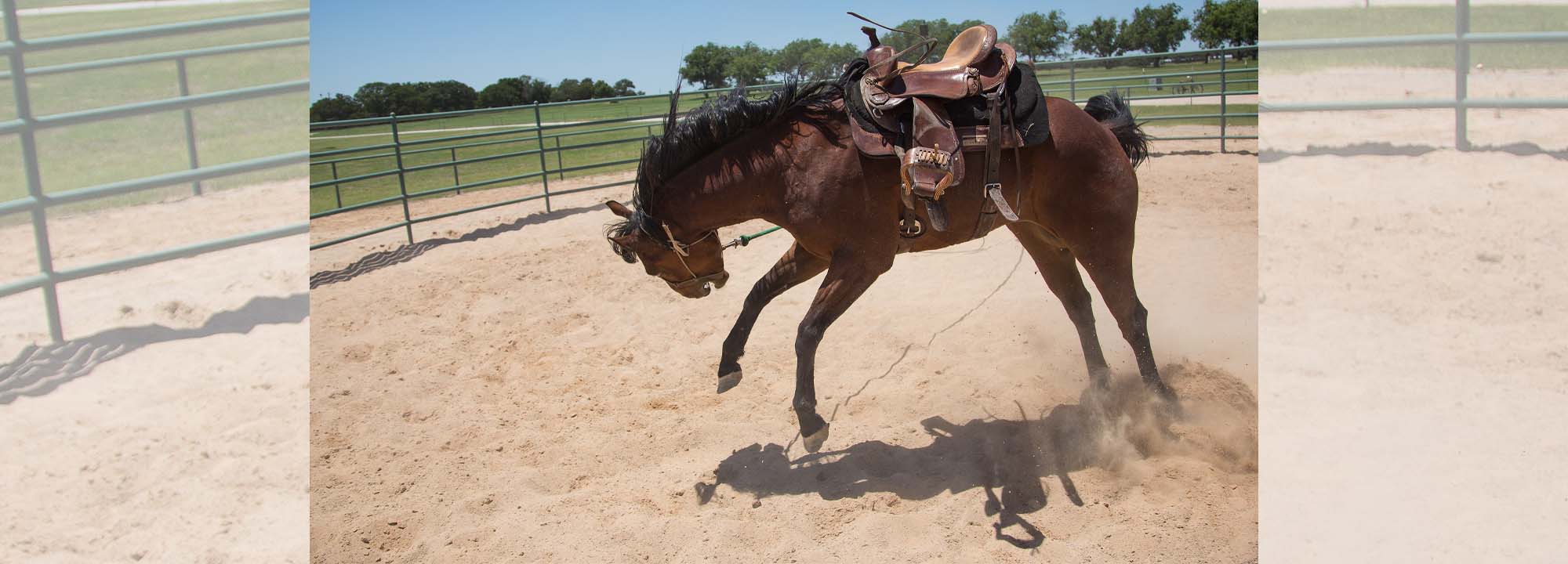
A cold backed horse is a horse that has not been ridden or trained recently, or is not accustomed to being ridden. This can cause a variety of problems when a rider attempts to ride the horse. The horse may become tense and unwilling to move, or may buck and kick in an attempt to relieve the pressure of the rider’s weight.
- A cold backed horse may become tense and unwilling to move
- The horse may buck and kick in an attempt to relieve the pressure of the rider’s weight
- A cold backed horse may be resistant to the bridle and bit
- The horse may be unbalanced and difficult to control
- A cold backed horse may become anxious and unpredictable during a ride
A cold backed horse is likely to be resistant to the bridle and bit, unbalanced, and difficult to control. The horse may also become anxious and unpredictable during the ride. To prevent these issues, it is important to warm up the horse before riding, by either walking the horse or lunging them in circles. This will help the horse to relax, and the rider will be better able to control the horse.
Causes of a Cold Backed Horse
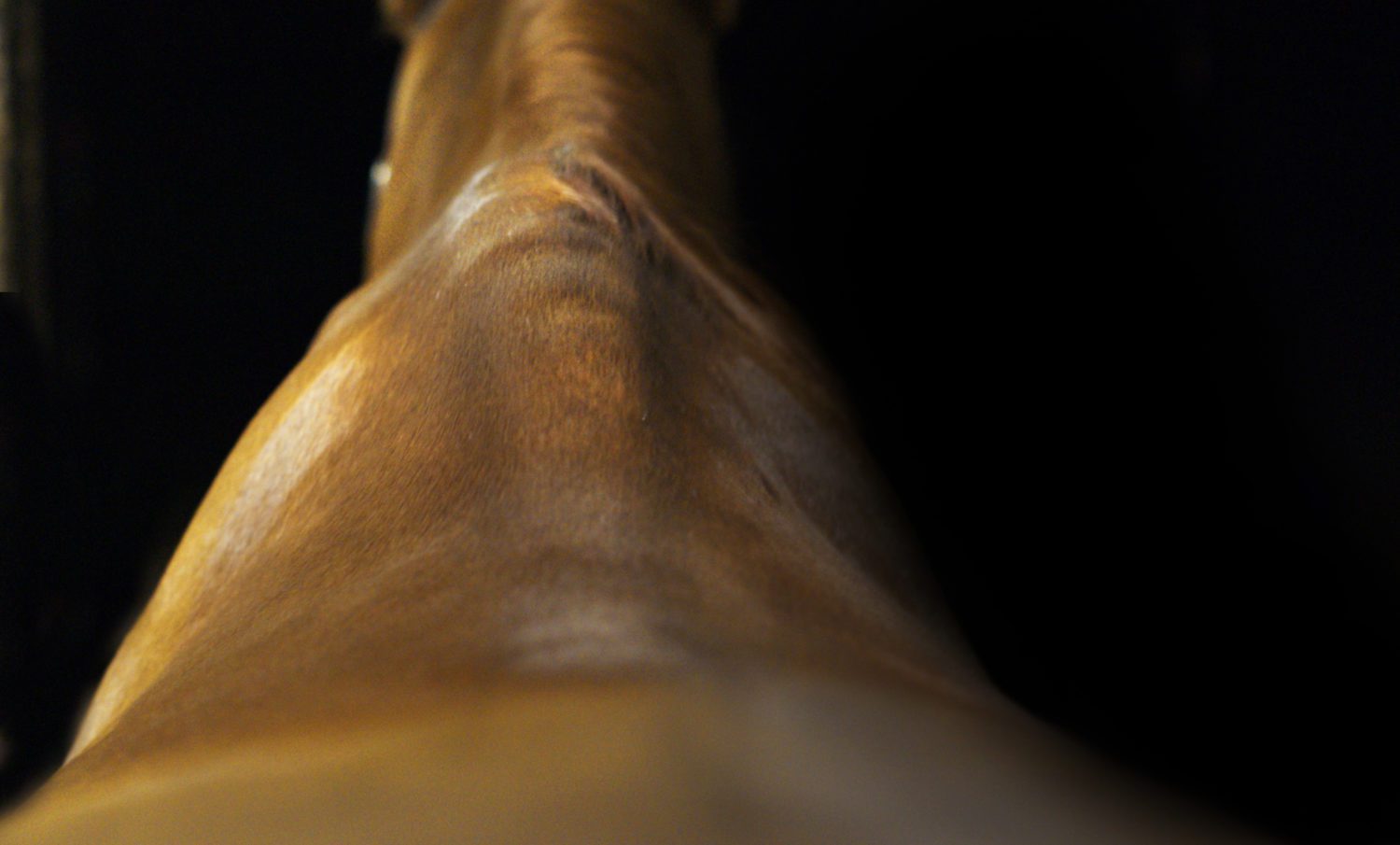
A cold backed horse is one that is unwilling to be ridden or have a saddle placed on its back. The condition is commonly caused by physical or psychological issues.
Physical Causes
| Cause | Description |
|---|---|
| Pain or Discomfort | The horse may be experiencing pain or discomfort in the back or saddle area which can cause them to become cold backed. |
| Tight Muscles | Tight muscles or restricted range of motion in the horse’s back can cause it to become cold backed. |
| Poor Saddle Fit | A saddle that does not fit properly can cause the horse to become cold backed as it causes discomfort or pain. |
Psychological Causes
| Cause | Description |
|---|---|
| Fear or Anxiety | The horse may be fearful or anxious due to previous experiences or a lack of trust in its handler. |
| Lack of Training | A horse that has not been properly trained may become cold backed due to lack of understanding of the rider’s cues. |
| Dominance | A horse that is too dominant may become cold backed as it is attempting to assert its dominance over the rider. |
In order to determine the cause of a cold backed horse, it is important to consult a veterinarian or an equine behavior specialist to assess the horse and provide the appropriate treatment.
Signs of a Cold Backed Horse
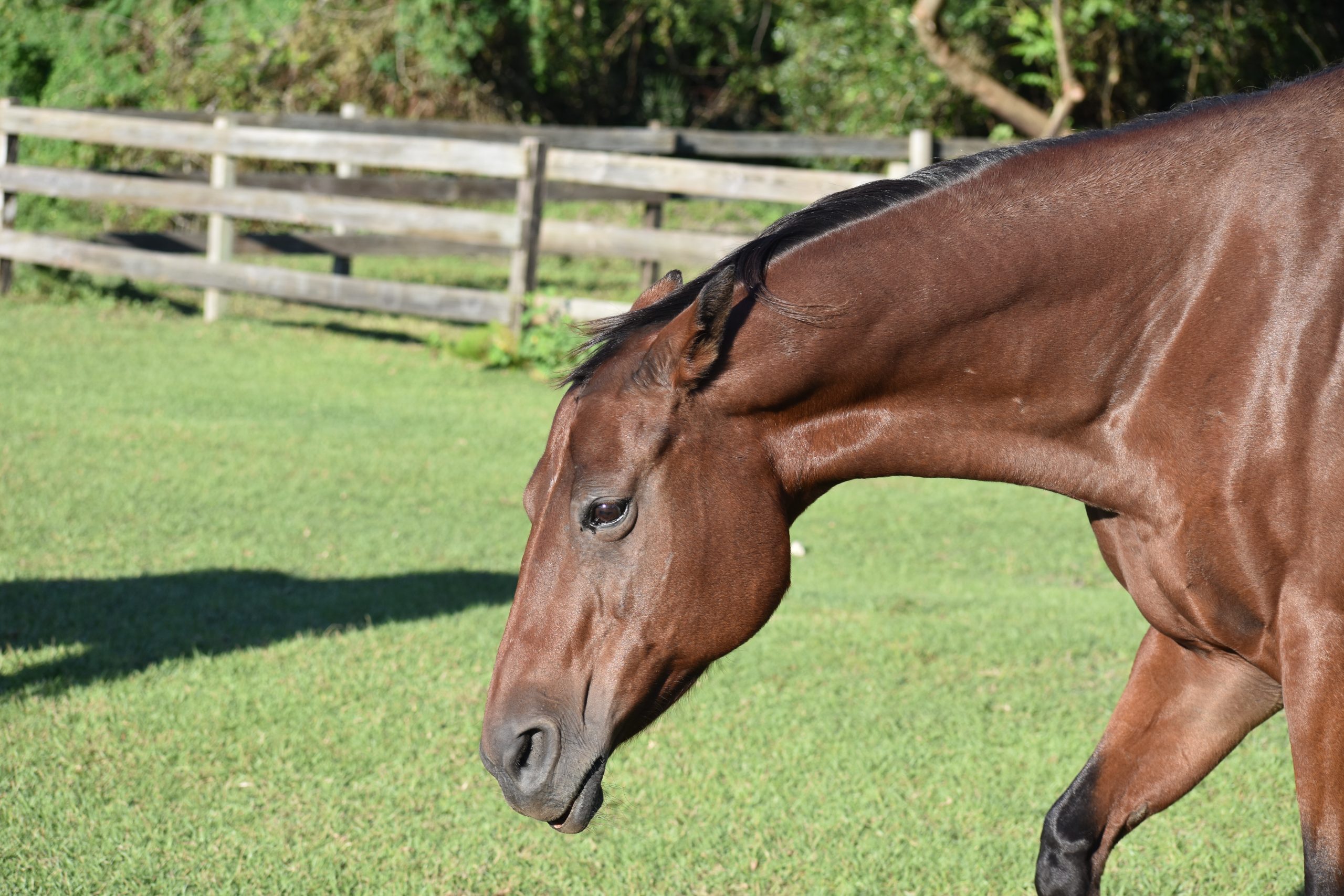
One of the most common issues that horse riders face is the cold backed horse. A cold backed horse can be characterized by a sudden, uncomfortable reaction when the rider first gets on their back. This reaction typically involves a sudden bucking, rearing, or stiffening of the horse’s back.
The signs of a cold backed horse can be difficult to recognize as they can vary from horse to horse. However, some common signs to look out for include:
• A sudden increase in tension in the horse’s back muscles when the saddle is placed on.
• A sudden tightening of the horse’s muscles when the rider mounts.
• A reluctance to move forward with the rider on board.
• An uncomfortable fidgeting or bucking when the rider attempts to move the horse forward.
• A sudden increase in the horse’s heart rate when the rider mounts.
It is important to note that these signs do not necessarily indicate that the horse is cold backed. Some horses may simply be uncomfortable with the rider’s weight and the presence of the saddle. However, if these signs are present, it is important to take steps to address the issue.
Cold backed horses can be uncomfortable to ride, so it is important to take steps to address the problem. The first step is to identify the cause of the cold backing. This can be done by consulting with a qualified veterinarian or equine specialist. Once the cause has been identified, the rider can take steps to correct the problem, such as using a different saddle, using a different riding technique, or providing the horse with additional exercise or training.
By taking the time to address the issue, riders can help ensure that their horse is comfortable and safe to ride.
Treatment of a Cold Backed Horse
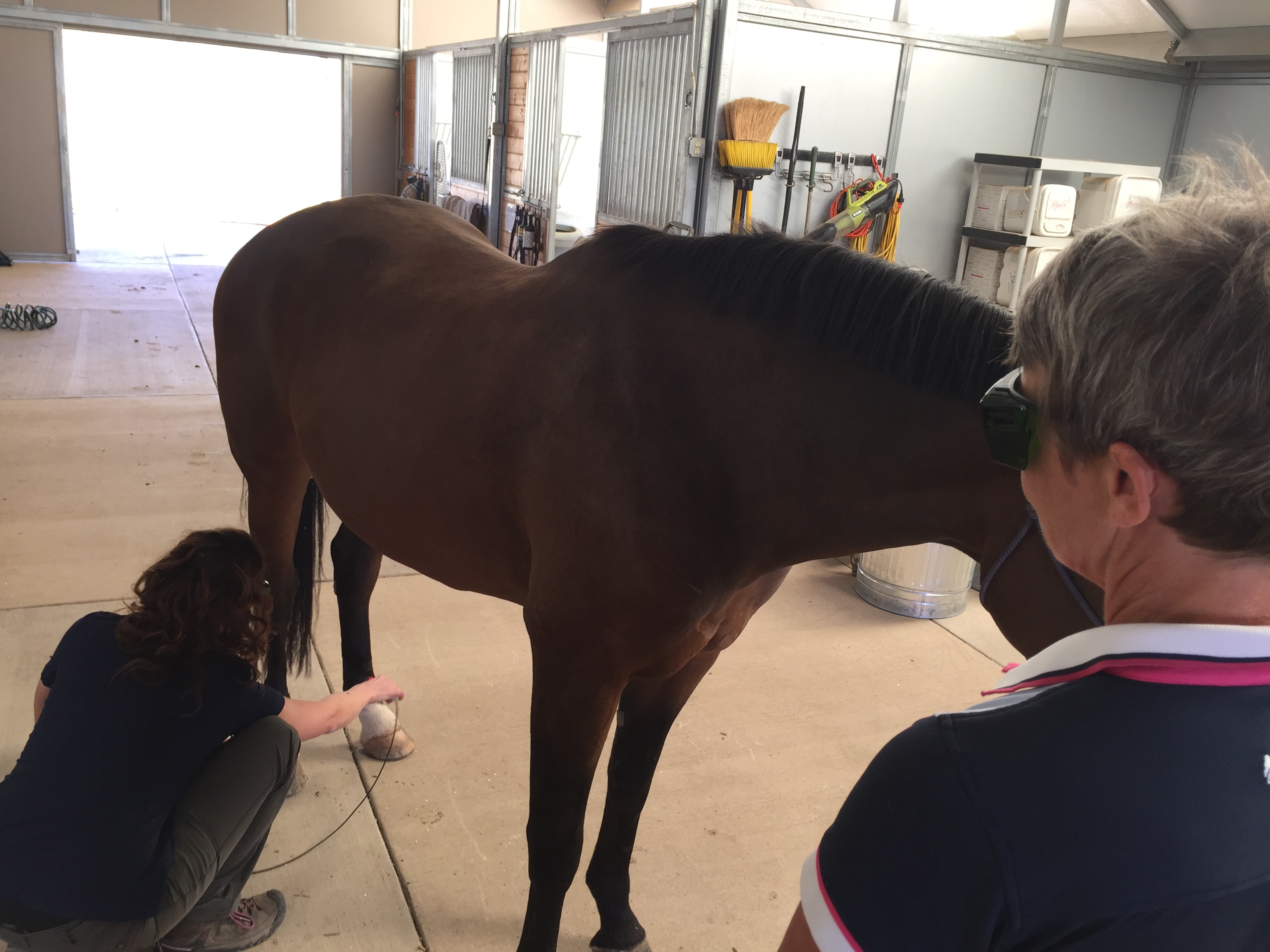
A cold backed horse is one that is overly sensitive or reactive to the rider’s weight and has a tendency to hollow its back. This can cause a range of issues, from physical discomfort to poor performance. Treatment of a cold backed horse should start with an assessment of the horse’s physical condition, including a thorough check of the saddle fit, the rider’s position, and any other potential contributing factors.
Once the physical condition of the horse has been evaluated, treatment can begin with a program of exercises designed to strengthen the horse’s back and core muscles and improve its posture. These exercises should be done in a consistent, methodical way, with the aim of building up the horse’s tolerance and comfort level over time.
In addition to strength-building exercises, a cold backed horse may benefit from massage, stretching, and other types of bodywork. Massage and stretching can help the horse to relax and become more comfortable with its own body.
In some cases, the use of a saddle pad or blanket designed to help the horse maintain its back can be beneficial. However, it is important to remember that these aids should not be used as a substitute for proper training and exercise.
Finally, the rider should be aware of the horse’s body language. If the horse’s back becomes tense or hollows when the rider mounts, the rider should stop and take the time to relax the horse before continuing. This can help the horse become used to the rider’s weight and learn to respond to it more positively.
With a combination of proper physical assessment and conditioning, as well as careful attention to the horse’s body language, a cold backed horse can become more comfortable and willing to work. This can lead to improved performance and a better overall relationship between horse and rider.
Prevention of a Cold Backed Horse

Cold backed horses are horses that become stiff and sensitive when their backs are touched or when saddled. This is caused by a combination of improper training, rigid saddles, and riding too soon after exercise. To prevent a cold backed horse, it is important to follow proper training methods, use a well-fitting saddle, and allow the horse enough time to cool down after exercise.
Training
The best way to train a horse to prevent a cold backed horse is to start them in a round pen or a large area. This will allow the horse to move freely, and help them to become more flexible and relaxed. You can also use lunging to help the horse become more comfortable with pressure on its back. Make sure to reinforce any positive behavior, and if necessary, use a lunge line to help the horse understand what is expected.
Saddle Fitting
A saddle that is too narrow or too wide can cause discomfort for the horse, and can lead to a cold backed horse. Therefore, it is important to make sure the saddle fits properly. The saddle should be wide enough to support the horse’s back, and should not pinch or rub. The saddle should also be fitted properly with a girth and make sure the stirrups are of the correct length.
Cool Down After Exercise
After exercise, the horse should be allowed to cool down properly before being ridden again. This helps to reduce stiffness and soreness, and can prevent a cold backed horse. Allow the horse to walk and trot in hand, and make sure to walk with the horse for at least 10 minutes after exercise.
| Prevention | Description |
|---|---|
| Training | Start in a round pen or large area. Use lunging to help the horse become comfortable with pressure on its back. |
| Saddle Fitting | Make sure the saddle is wide enough to support the horse’s back, and is fitted properly with a girth and stirrups. |
| Cool Down After Exercise | Allow the horse to walk and trot in hand, and make sure to walk with the horse for at least 10 minutes after exercise. |
How to Tell if a Horse is Cold Backed
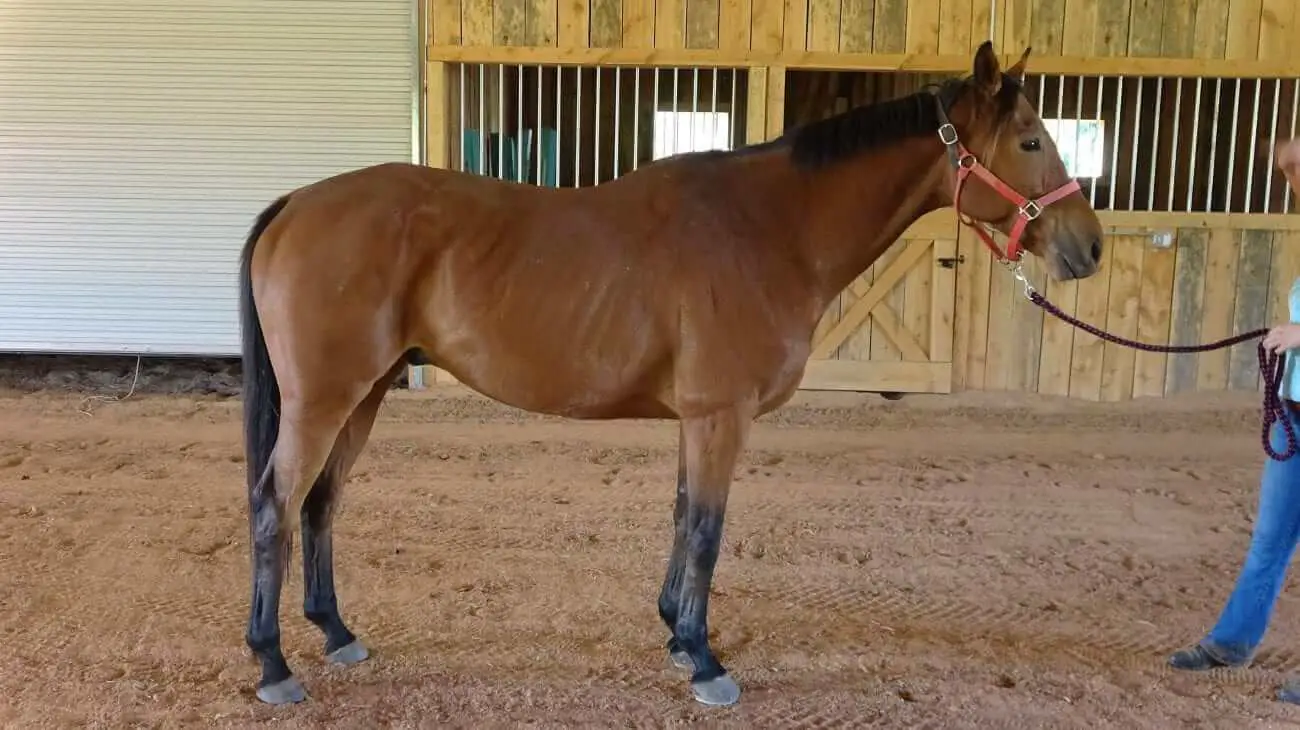
Cold backed horses are horses that display discomfort when being mounted, often due to a sore back. If a horse is cold backed, it can be difficult for the rider to control and may be very uncomfortable for the horse. Therefore, it is important to be able to identify a cold backed horse and take appropriate action.
Here are a few signs to look out for if you think your horse may be cold backed:
- Flinching or rearing when touched on the back or when the girth is tightened
- Resistance to mounting or being ridden
- Stiffness in the back or neck when ridden
- Grunting or groaning when being mounted or ridden
- Bucking or bolting when ridden
If you notice any of these signs, it is important to take action to address the issue. A veterinarian should be consulted to assess the horse and provide a diagnosis. If the horse is cold backed, the veterinarian will likely recommend a course of treatment to alleviate the discomfort. This may include rest, massage, chiropractic or acupuncture treatment, and medications.
When to Seek Veterinary Care
A cold-backed horse should always be monitored for any changes in its behavior or health, and it is important to seek veterinary care if any of the following occur:
• Pain or soreness in the back or hindquarters, which may be indicated by decreased movement or changes in gait.
• Signs of lameness or stiffness.
• Any signs of infection, such as heat, swelling, or pus.
• Changes in appetite, attitude, or energy levels.
• Difficulty in breathing or signs of labored breathing.
• Unusual behavior, such as trying to lie down or rolling more than normal.
• Any other signs of discomfort or distress.
It is important to note that cold-backed horses may be more prone to developing serious conditions, such as colic, laminitis, or other lameness issues. If any of these signs appear, it is important to seek veterinary care as soon as possible.
Frequently Asked Questions
1. What are the signs of a cold backed horse?
A cold backed horse is one who has lost the natural suppleness of the back and is therefore difficult to ride. The signs of a cold backed horse can include:
- Resistance to saddling
- Resistance to mounting
- Difficulty or unwillingness to move forward
- Unusual head carriage or stiffness when asked to move
- Girthiness
- Stiffness when bending
- Unwillingness to go over poles or jumps
- Tension during riding
- Inability to relax in the saddle
2. How can cold backed horses be managed?
Cold backed horses can be managed by implementing the following strategies:
- Ride the horse for short periods of time, gradually increasing the length of the ride as the horse’s back muscles become stronger.
- Provide the horse with ample rest time between rides.
- Use a saddle pad that fits the horse properly, and if necessary, use an anti-slip pad.
- Ensure that the horse’s back is properly warmed up before beginning the ride.
- Do not allow the horse to become tense or stressed during the ride.
- Lunge the horse before riding to help loosen their back muscles.
- Massage the horse’s back muscles to help loosen and relax them.
- Ensure that the horse’s diet is balanced and providing adequate nutrients.
- Provide the horse with regular exercise and physical activity.
- Ensure that the horse’s tack fits properly and is not causing any discomfort.
3. Are there certain types of saddles that are better suited for cold backed horses?
Cold backed horses are horses that have become sensitive to the pressure of a saddle due to an underlying pain or discomfort. When selecting a saddle for a cold backed horse, it is important to look for one that will provide the most comfort and support. Here are some saddle types that are well-suited for cold backed horses:
- Gel saddles: Gel saddles are padded with a cushioning material that helps to reduce pressure points and evenly distribute weight.
- Adjustable saddles: Adjustable saddles are designed to be adjusted to the horse’s body shape and can help to provide a better fit.
- Bar-less saddles: Bar-less saddles are designed without the traditional tree bars and can help to reduce pressure points.
- Paneled saddles: Paneled saddles feature panels that can be adjusted to the horse’s body shape and provide better support and stability.
It is important to remember that the best saddle for a cold backed horse will depend on the individual horse and its shape. It is also important to ensure that the saddle is properly fitted to the horse to provide the most comfort and support. A saddle that is too big or too small can cause the horse pain and discomfort.
4. Is there a way to tell if a horse is cold backed before riding?
It is possible to tell if a horse is cold backed before riding. The best way to determine if a horse is cold backed is to check for signs of discomfort when the girth is tightened. Signs that a horse may be cold backed include:
- A sudden stiffening of the body or a swishing of the tail
- A reluctance to stand still
- A bucking or jumping reaction when the girth is tightened
- A strong desire to move away when the girth is tightened
- Unusual sweating or breathing
It is also important to observe the horse’s behavior before and after the girth is tightened. If the horse shows signs of discomfort when the girth is tightened, it may be a sign that the horse is cold backed.
5. Are there ways to help a horse become less cold backed?
Yes, there are several ways to help a horse become less cold backed. Here are some of the most common strategies:
- Conditioning: Exercise and stretching can help strengthen the horse’s muscles and make them more resistant to cold backedness.
- Massage: Gentle massage of the back muscles can help reduce tension and improve flexibility.
- Saddle fitting: A well-fitting saddle that is comfortable for the horse can help reduce pressure points and prevent cold backedness.
- Supplements: Certain supplements, such as magnesium and vitamin E, can help reduce muscle tension and improve flexibility.
- Correct Training: Proper training techniques can help the horse become more comfortable with being ridden, which can reduce cold backedness.
It is important to note that cold backedness can be an indication of underlying medical issues. If your horse is showing signs of cold backedness, it is best to consult a qualified veterinarian to ensure that there are no medical issues that need to be addressed.
Conclusion
A cold backed horse is a horse that has been ridden for a long period of time without being properly warmed up and cooled down. This can lead to muscle tension, pain, and even lameness. Proper warm up and cool down techniques can help prevent cold backed horses and keep them healthy, happy, and sound. It is important for horse owners and riders to be aware of the signs of a cold backed horse and take steps to avoid creating this problem in their horses. With the proper care and attention, a cold backed horse can remain healthy and safe for riding.
References
- Baird, M. (2018). What is a cold backed horse and how to fix it. Retrieved from https://www.equestriancoach.com/cold-backed-horse-and-how-to-fix-it/
- Mellor, D. (2017). Cold backed horses: causes and cures. Retrieved from https://www.horseandhound.co.uk/features/cold-backed-horses-causes-and-cures-538188
- O’Gorman, S. (2016). What is a cold backed horse? Retrieved from https://www.netpets.com/horses/articles/coldback.html
- Romans, A. (2015). Cold backed horses: causes and treatments. Retrieved from https://www.horsetalk.co.nz/2015/09/01/cold-backed-horses-causes-treatments/



